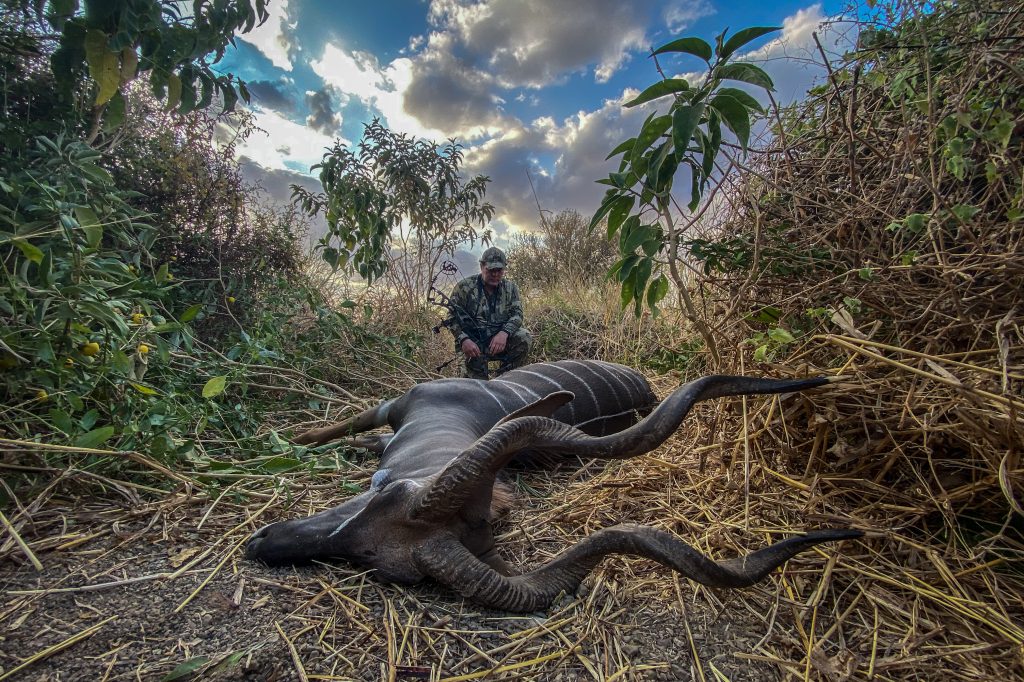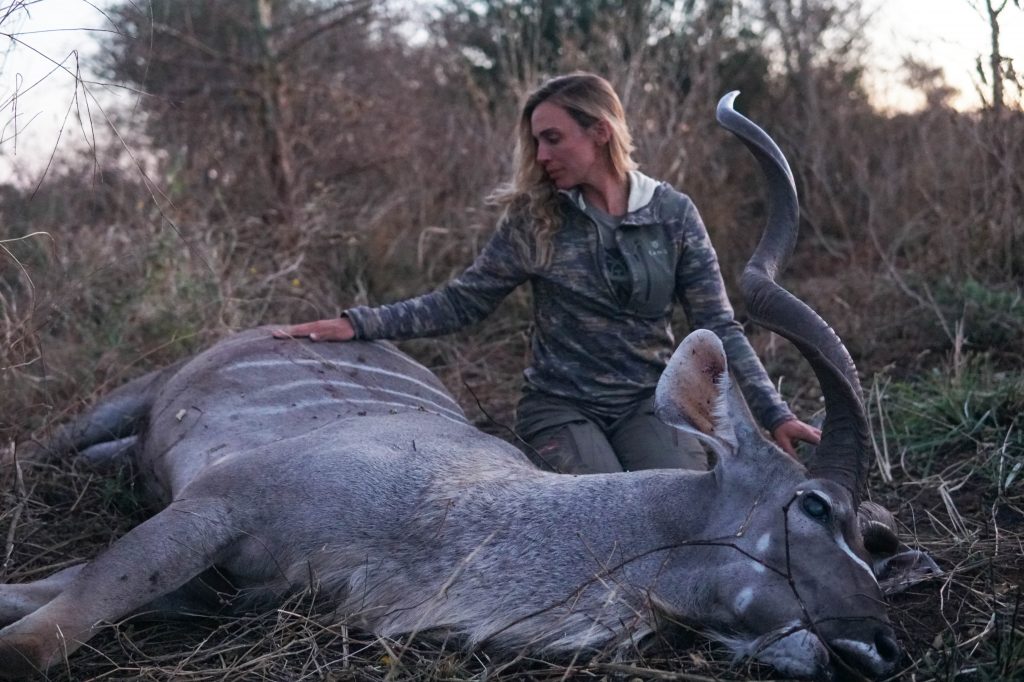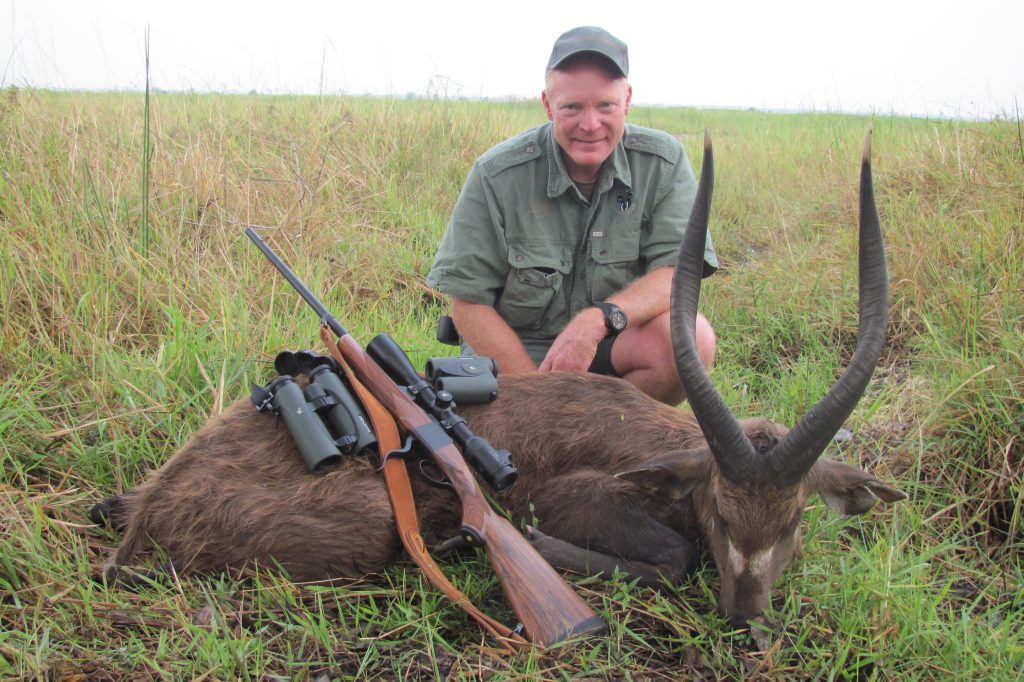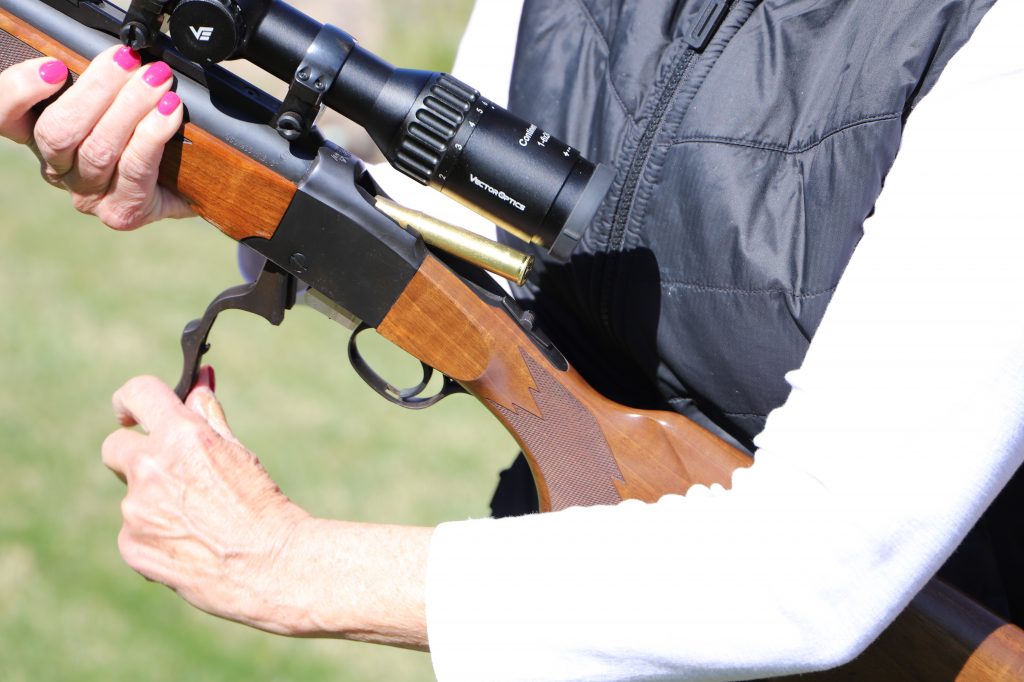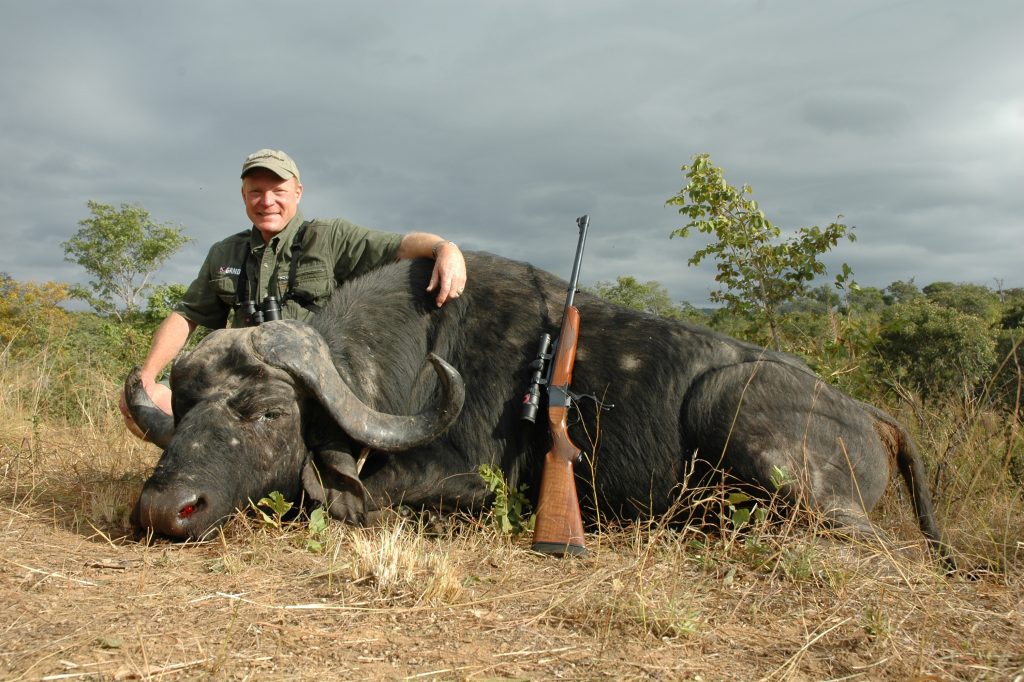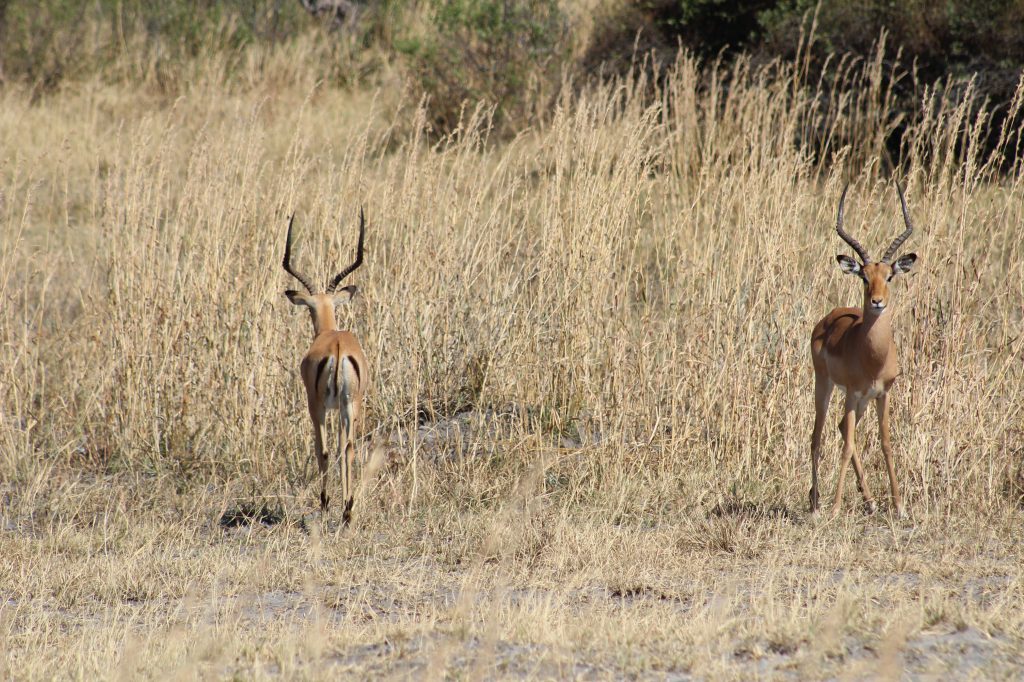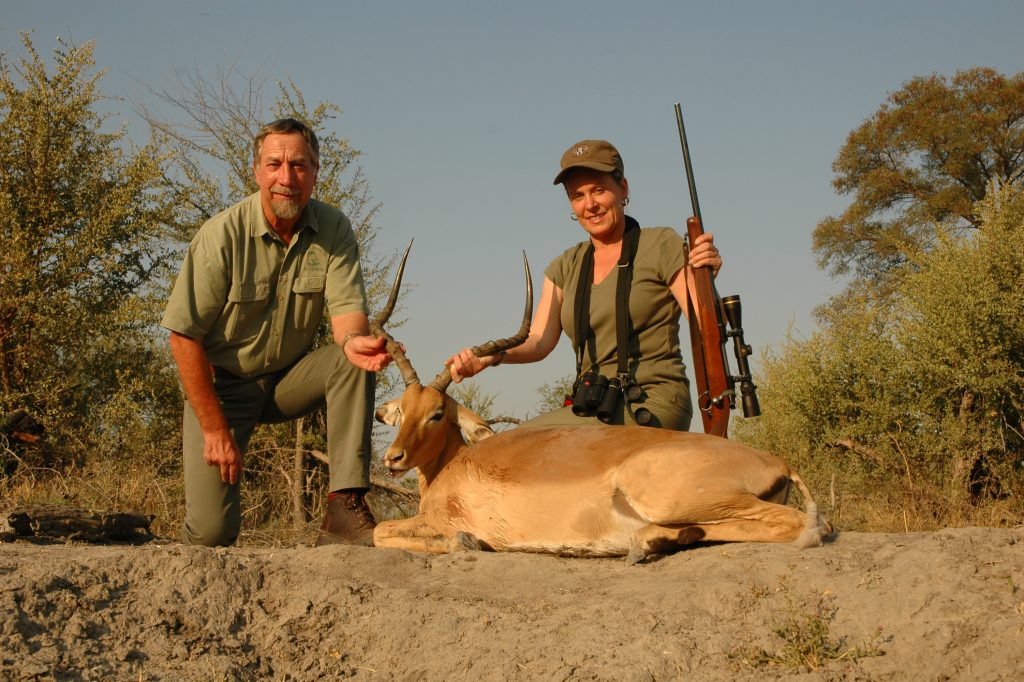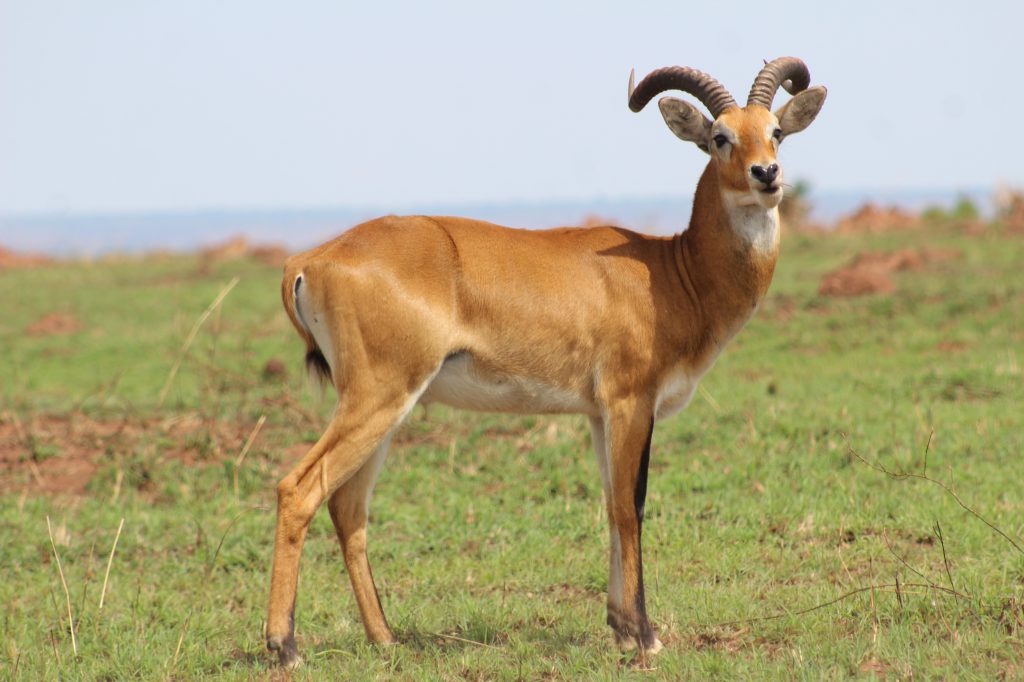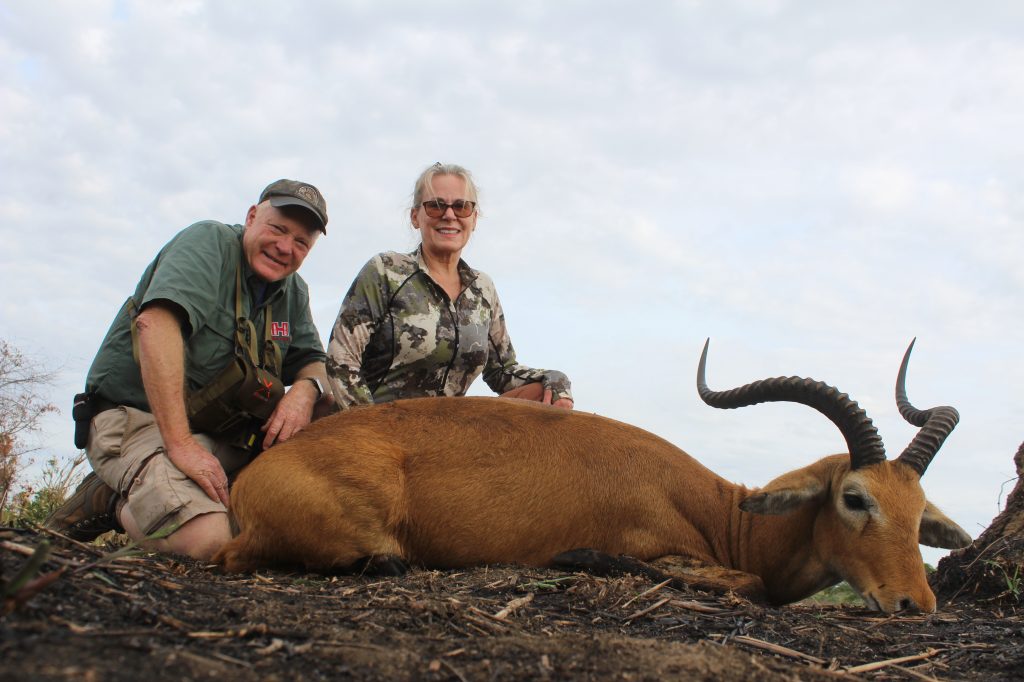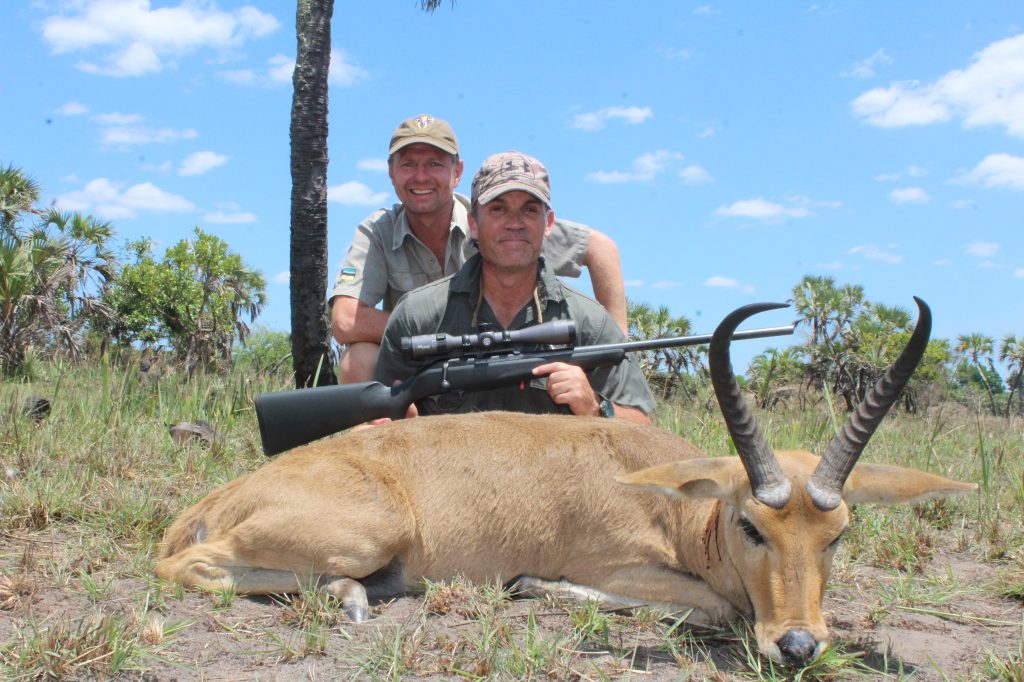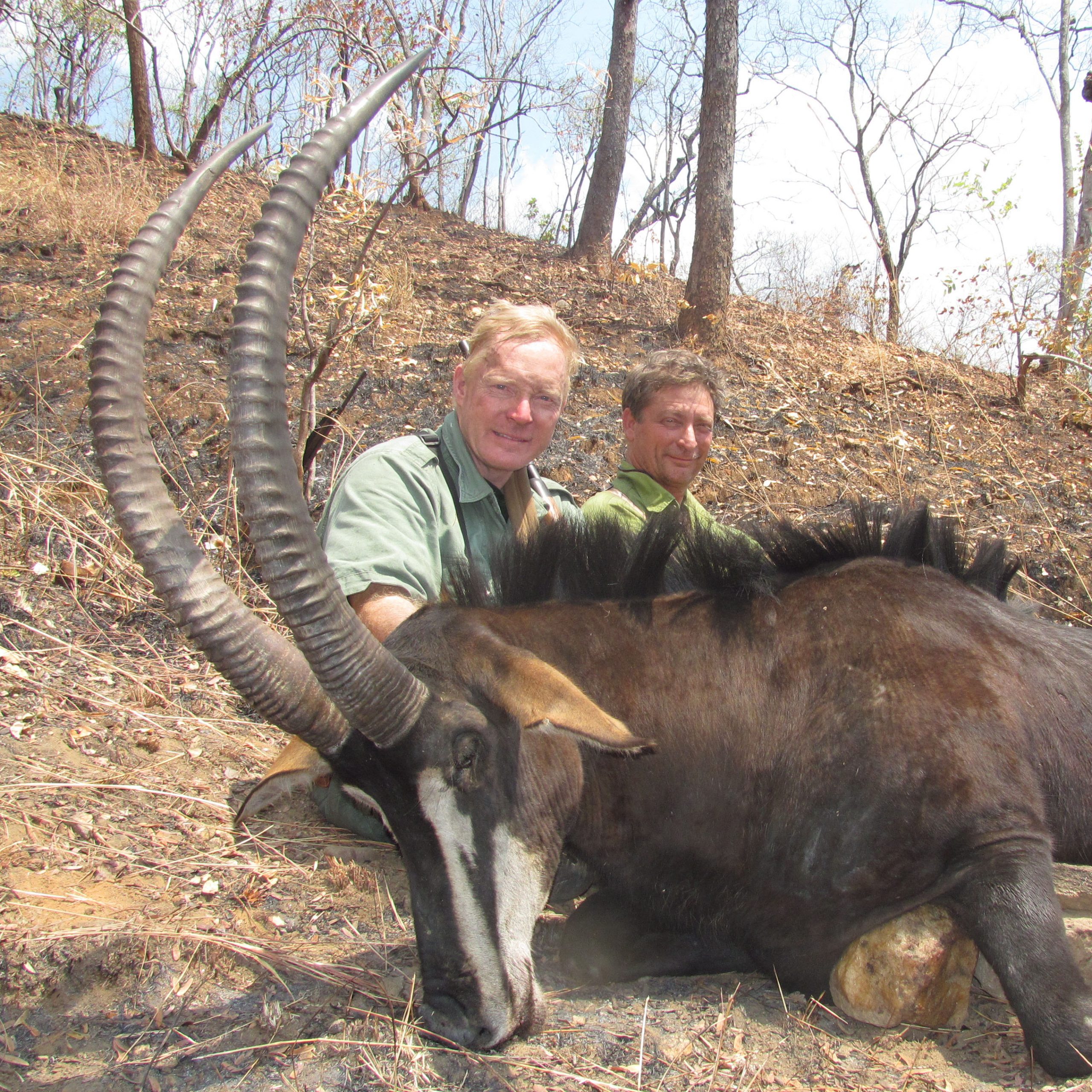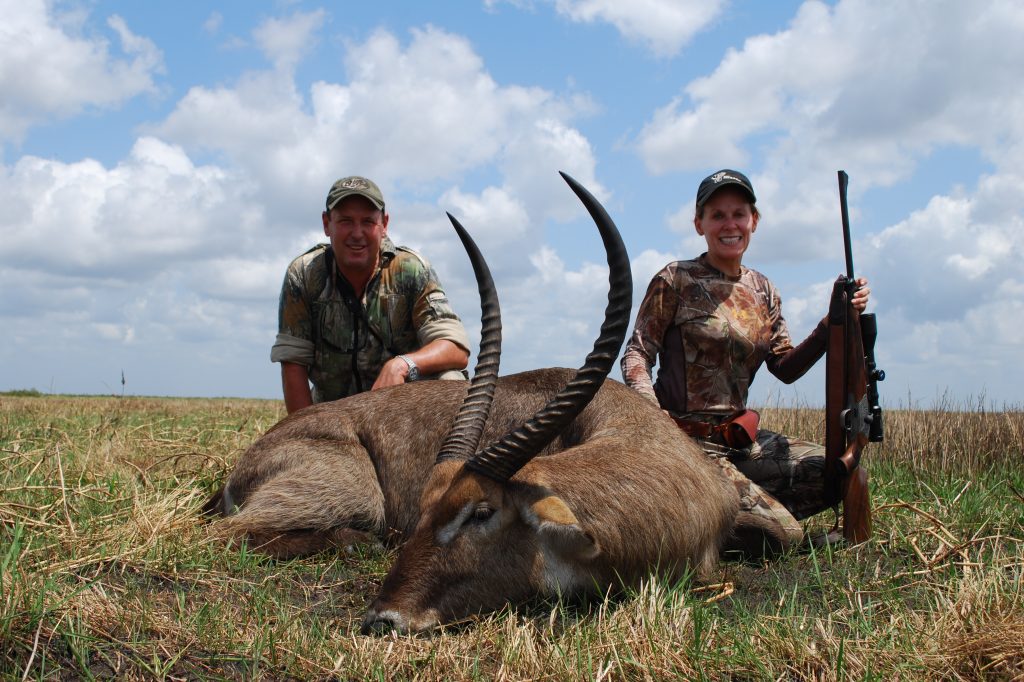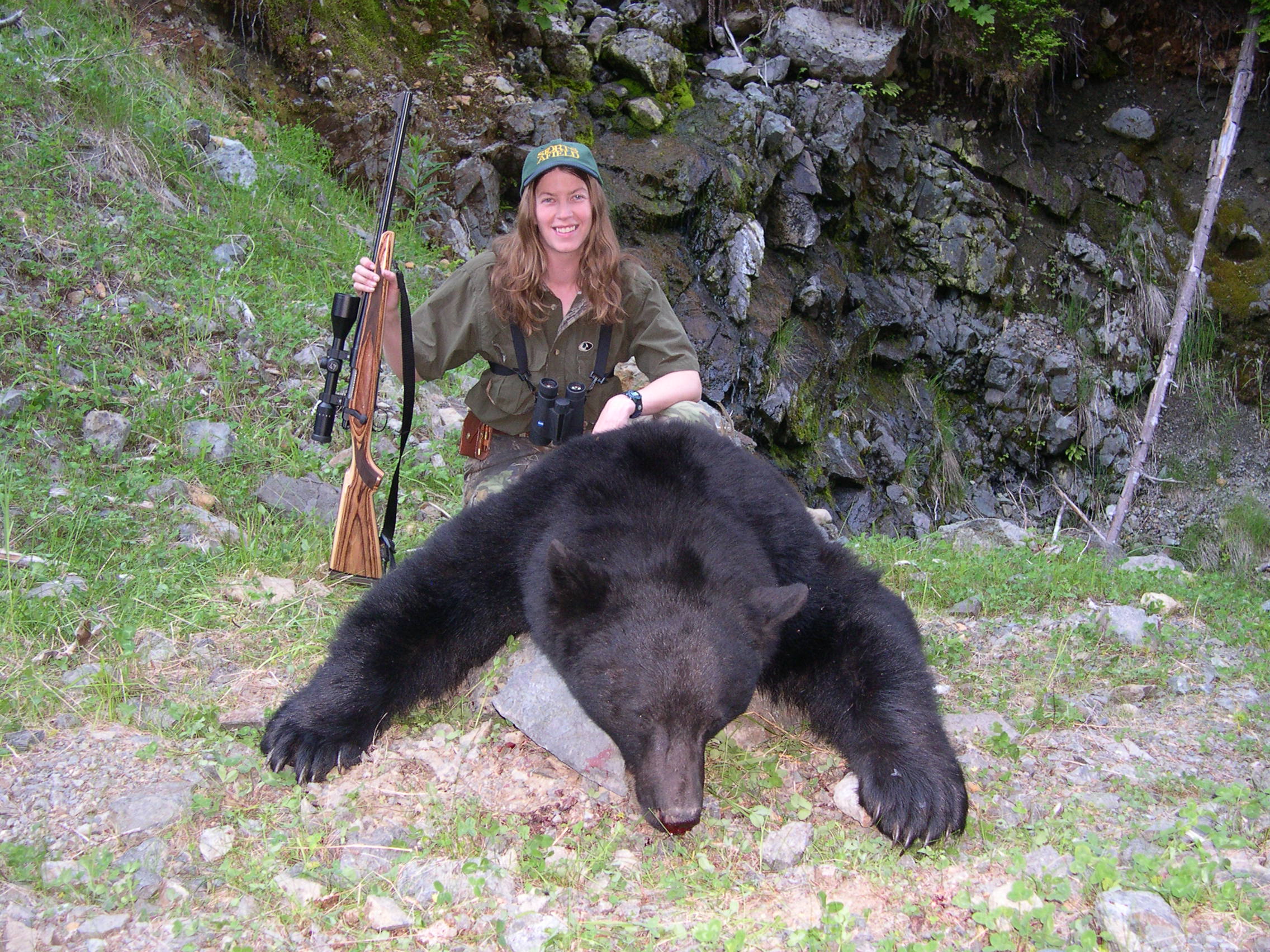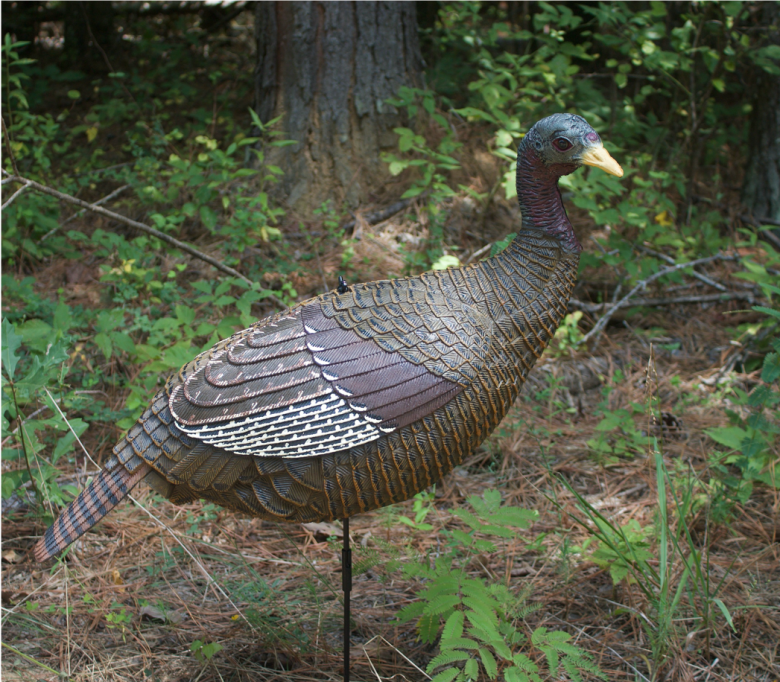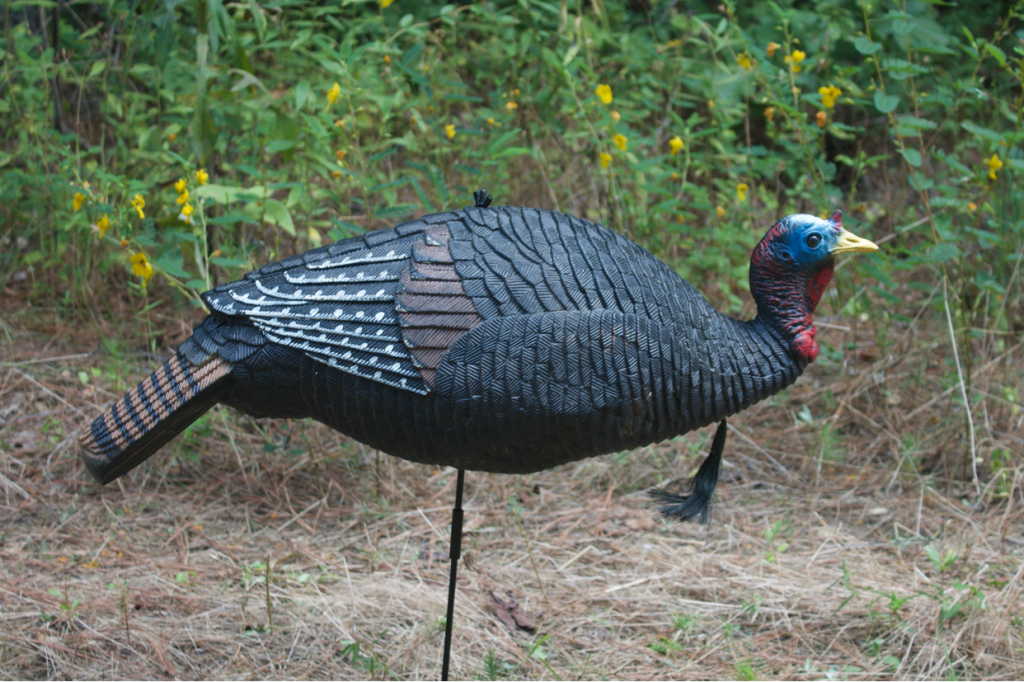Keeping meat clean and cold until you can get it back to civilization is daunting, but it’s doable as long as you’re prepared.
Photo above: Processing meat in the backcountry can be challenging, but if done properly will result in healthy, delicious meat for your freezer.
Wind moaned through the alders, whipping the tops of stunted spruce into a frenzy. Crouched between a couple small trees, I stared at a big eyeball peering back at me from behind a spruce thicket. Above the eye a massive antler reached outward and upward like some primeval brown wing, but that was all I could see of the moose. One eye and one antler, although he was only thirty-five yards distant.
The day before I’d picked up an old grizzly-chewed moose scapula from beside a rushing creek. Just moments before, I’d beaten the same scapula up and down the trunk of the small spruce I now hid beside, in an attempt to lure a grunting bull from his timbered hillside stronghold. It had worked better than I planned, but thanks to the intervening tree I still didn’t have a shot. Slowly, I reached the bleached scapula into the air above my head and starting rocking it back and forth where the bull could see it. His eye sharpened, then rolled back in rage at the effrontery of a perceived small bull posturing at him. He strode into the open then, and I answered his challenge with my .300 Winchester Magnum.
My friend Greg and I were deep in Alaska’s interior, floating an unruly stream in one-man packrafts in an attempt to find undisturbed moose hunting. We’d found it, but now we had a problem. This moose was BIG. Big and heavy, and after skinning and quartering it we had one and a half miles to carry the meat on foot, thirty miles of ragged, capricious stream to float, and a dozen miles of terrible ATV trail to haul the moose across before we were, literally and figuratively, out of the woods. Add the complexities of rain, bilge-washed rafts, and hungry grizzlies, and it was apparent that keeping this meat good was going to be a challenge. Fortunately, we were prepared.
Regardless whether you’re hunting Coues deer in Arizona, elk in Montana, or moose in Alaska, meat care is likely to be challenging. Heat, cold, bugs, and bacteria all create obstacles to keeping meat fresh while extracting it from the backcountry. Here are tools and tactics that will help.
Heat
The number one threat to your meat is heat, both external (weather) and internal (body heat). Bacteria only thrive in warm surroundings. Hence, it is imperative to chill your meat as rapidly as possible after harvest.
Your first task after harvesting a backcountry animal and completing your photography session should be to skin and quarter the animal. This will enable body heat to escape rapidly. I prefer the gutless method, as it renders a quicker job and cleaner meat. Use 550 paracord to hang the quarters in a shady spot till the meat cools, and develops a nice crust. Drape the backstraps and other trim meat over clean shaded branches or rocks to cool. Then bag it all in meat sacks to keep bugs and dirt away from the meat. If bugs are bad (particularly flies), you’ll need to bag the meat the minute it comes off the animal. It’ll cool fine inside the meat sacks, it just won’t develop as good a crust. During the quartering and cooling process, take extra measures to protect the meat from dirt and debris. The cleaner your meat, the longer it will keep and the better it will taste.
If the weather is cool enough, say low 40s at night and daytime highs in the 60s, your meat will keep fine for several days as long as it stays in the shade. Cooler temps are even better, and will keep the meat longer.
If temps are hot, say in the 80s during the daytime and 50s or 60s at night, you’ll need a way to chill your meat. The best and only way I’ve found to chill meat in the backcountry is to bag it in contractor-grade trash bags and submerge it in a cold spring or creek. The meat will chill rapidly, and will stay good for a long time.
Cold
Rarely indeed does cold become a problem, unless you hunt the Far North, or late-season high-elevation elk. But it can happen. Your meat will never spoil, but it may freeze so hard that you can’t reduce it to carrying-size pieces. If temps stay below 32 degrees F during the day and drop into the teens or colder at night, even big, thick elk or moose quarters will freeze solid as the rock of Gibraltar. If you need the meat boned out or reduced to a packable size, you should cut it up before it freezes solid. Keep the meat perfectly clean and cut it as though you were processing it at home, then seal it into gallon-size zip-top bags. When you arrive home, simply toss the already-frozen meat into your freezer, preprocessed in the backcountry. Later you can defrost the meat and grind, wrap, or whatever at your leisure.
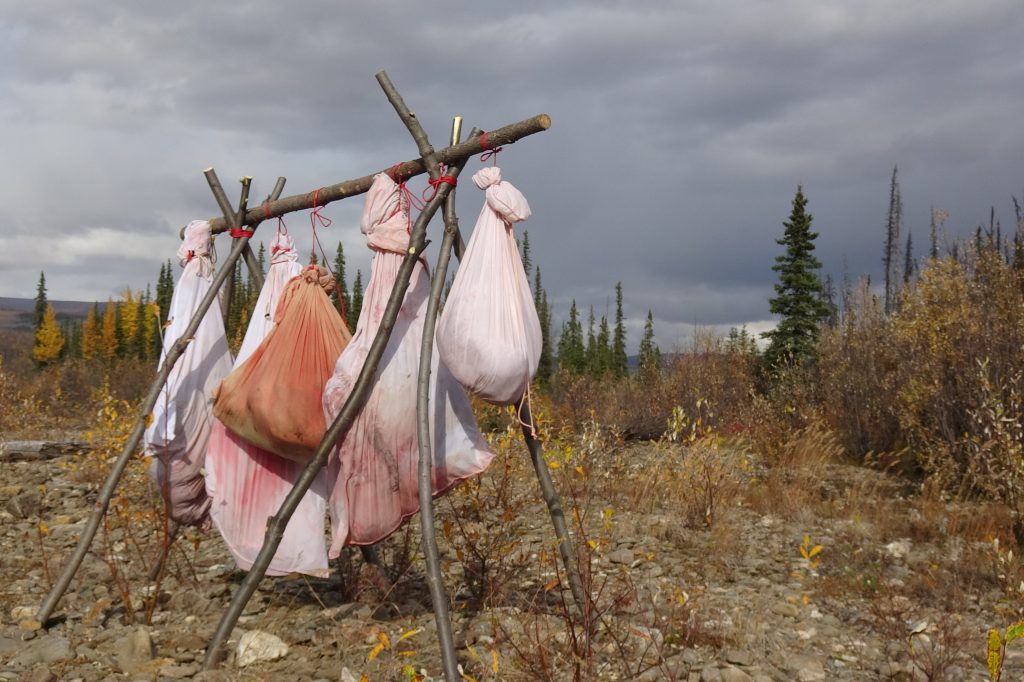
Bugs and Birds
We’ve already touched on bugs and the damage they can do to your precious meat. In my experience, the nastiest damage your meat is likely to incur will be from flies, which, if present, will lay colossal amounts of eggs in every crack and crevice of the meat. You can trim them away, but in the process you’ll loose significant meat as well as your appetite.
Another threat to your precious meat comes in the form of hornets and yellow jackets. They’re carnivorous, and can consume astonishing amounts of unprotected meat. They’re not nearly as nasty as flies, but might inspire you to employ some expletives if you inadvertently grab one while handling your meat.
Lastly, birds can be a real problem in certain locals. Camp robber jays will ruin a lot of meat in a day’s time, and ravens, magpies, vultures, and the like can devour your entire meat cache in rapid order.
The best way to protect your meat from these predators is to bag it in good meat sacks and keep it hung in a shady spot. Place each quarter in its own bag, and place the backstraps, tenderloins, and other trim meat in one or two additional bags. Tie them off tightly so even a fly can’t get inside.
Moisture
Simply put, moisture is not your friend when it comes to keeping meat good in the wilderness. Moisture harbors and encourages bacteria, which is what spoils meat. Do your best to get your meat dry and keep it that way. If you’re hunting the far north where rain is to be expected and there may be no trees on which to hang meat, carry a sturdy 8×10 tarp that you can lay the quarters on to cool. Later, you can build a small scaffold to hang your meat on, and then cover it with the tarp. If you’ll be backpacking or floating a river through rainy weather, seal the meat in contractor-grade trash bags until the time you can again hang it to dry and air.
Bacteria
Bacteria in your meat are enemy number one. Unfortunately, all meat comes with inherent bacteria, and picks up lots more as soon as you introduce it to the atmosphere, your hands, your pack, and so on. Still, keeping your meat clean will drastically reduce the amount of bacteria it must deal with, and dramatically up your odds for good, tasty, wild meat. Remember, for bacteria to grow rapidly (thereby spoiling your meat) it must be warm. Keep the meat cold and it will stay good for many days without any problem.
One interesting “fact” I encountered while hunting and outfitting in the Rocky Mountains as well as Texas, is that not all regions are created equal. Two guides who were working for me almost came to blows over a disagreement about leaving an arrow-shot elk overnight before recovery. One guide was from Utah, and used to hunting cool, high-elevation territory. The other was from southern New Mexico, accustomed to hunting much lower, warmer country. The Utah guide maintained that it was a good idea to leave bow-shot animals overnight if the hit was at all questionable. The New Mexico guide was adamant that doing so would result in complete meat spoilage.
I listened with interest before finally stepping in and telling the guides to cool it, while adding my testimony to the Utah guide’s that I’d often left bow-shot elk overnight in high-elevation areas without experiencing any spoilage whatsoever. The New Mexico guide was disgruntled and unconvinced. I later learned that he, too, had been correct. In his warmer, lower-elevation neck of the woods, meat spoils much more rapidly, and an elk left unprocessed overnight will almost certainly spoil. I can only attribute this to the presence of more aggressive bacteria.
This point was driven home to me one cool west Texas autumn day. I arrowed a deer perfectly with my longbow three hours before dark, and watched it tip over seventy yards distant. I had a whole pocketful of deer tags, and elected to let the buck lie while I sat for the rest of the evening in hopes of taking a second deer. In my home territory in the Rockies, the deer would have been at no risk of spoiling. However, upon recovering and quartering this west Texas buck exactly three hours after shooting him, I found that the meat was already souring. I was astonished and not a little chagrined, and then remembered the disagreement between my two guides. Based on this, it is my belief that meat will keep much better and longer in high-elevation, northern territory than in lower, more southerly territories, even when temps are similar, so keep that in mind.
Wild game meat can be incredibly flavorful, healthy meat. Do yourself a favor: Next time you hunt the backcountry, go prepared to treat your meat right. Steaks sizzling on the grill and a freezer stuffed with healthy meat will be your reward.
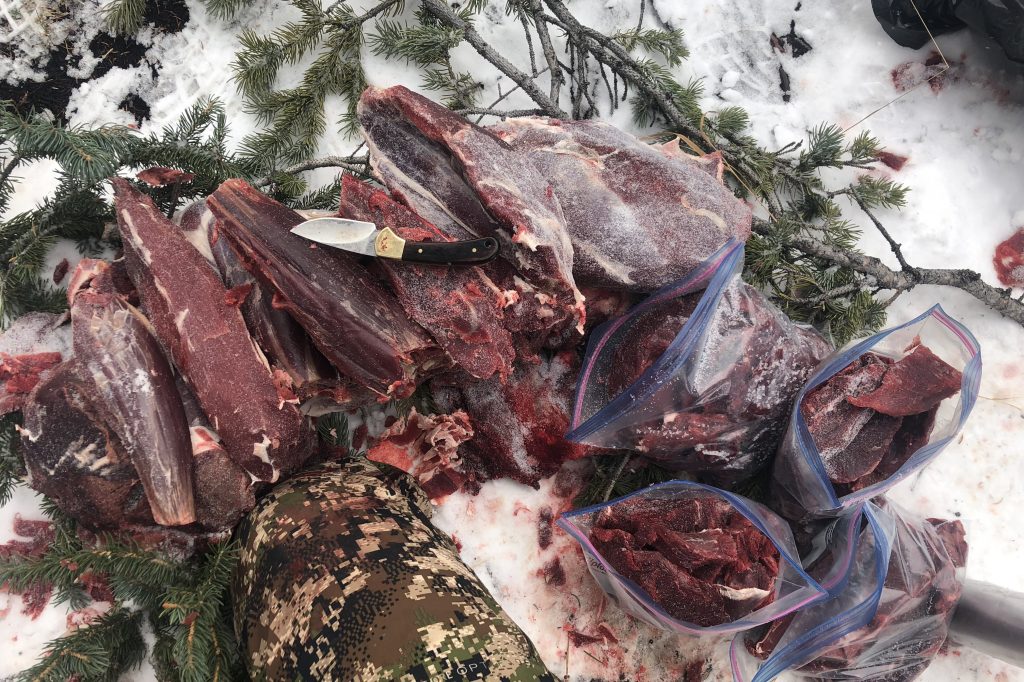
Meat Care Tool Kit
Here is a basic list of must-have meat care tools for wilderness hunting. It will vary slightly depending upon hunt type and species. For instance, I might carry a nice fixed-blade belt knife during a float hunt for moose or a horsepack hunt for elk, but would exchange it for a skeletonized superlight knife during a backpack hunt.
Knife and Stone: I recommend carrying two knives, so you have an extra should one get lost. I also carry a tiny diamond stone made by EZ-LAP. With it I can restore a razor edge in less than a minute. I personally don’t like replaceable-blade knives, because I don’t like how they handle and because in my opinion they pose additional danger to the user. In the backcountry that’s a significant thing.
Meat Sacks: Lightweight meat sacks are essential. I like sturdy cotton sacks best, unless I’m hunting in Alaska where conditions are more challenging. For that I recommend the premium synthetic bags that come in kit form, tailored to contain the quarters and piece-meat from one moose, one caribou, etc. You’ll pay upward of $100 for such a kit, but they are reusable and worth the money.
Parachute Cord: Fifty feet of 550 paracord will serve to hang quarters, build meat poles, secure meat sacks, and so on. I like brightly colored cordage–it doesn’t seem to disappear as readily as the olive-green stuff.
Latex/Nitrile Gloves: Sturdy latex gloves make life easier, especially when it’s time to wash up. I carry two pairs.
Contractor-Grade Trash Bags: Heavy-duty trash bags are essential for keeping your backpack clean while packing meat, cooling quarters in mountain creeks, and 101 other meat-related tasks. I carry at least two.



